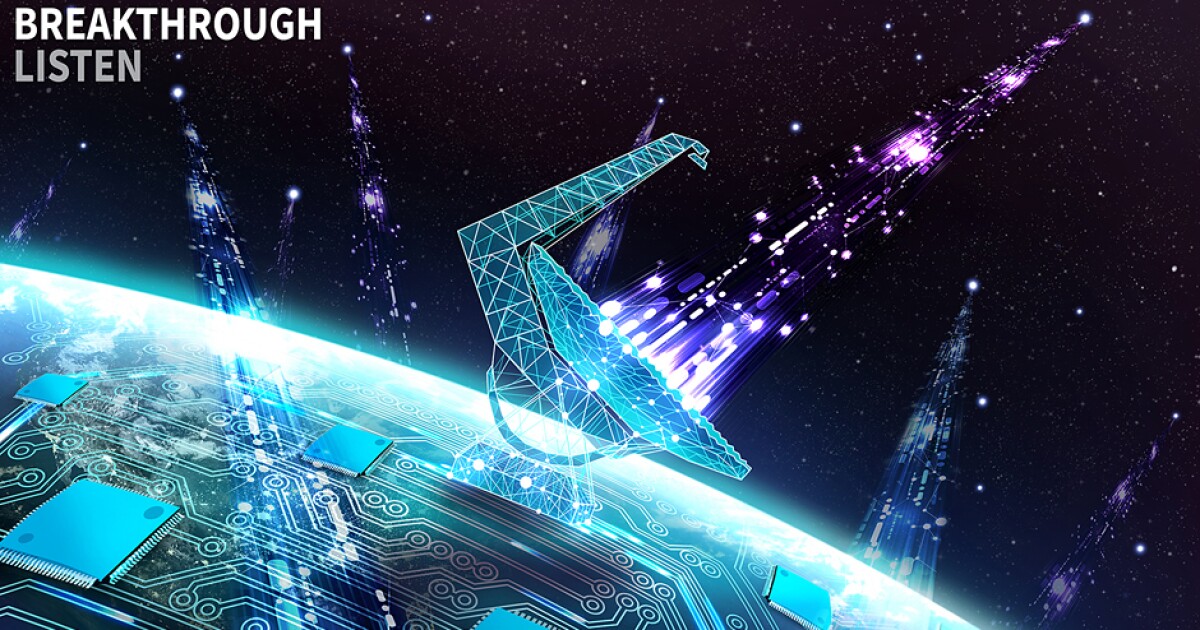[ad_1]

It’s estimated that the universe contains hundreds of billions of galaxies, and each galaxy has about that many planets, so the chances are incredibly small that Earth is the only place with life. A new AI system has now scoured millions of radio signals from space to identify any with potential artificial origins – and discovered eight signals that look intriguingly alien.
If aliens were to scan Earth with the right equipment, they’d pick up our radio chatter and other electromagnetic signals that we’ve been transmitting for the better part of a century. With that in mind, the Breakthrough Listen initiative aims to turn the tables and search for artificial radio signals coming from other planets in our galaxy. The team calls these signals “technosignatures.”
The problem is, the universe is a noisy place – stars, black holes, magnetars, quasars, FRBs, supernovae, gamma ray bursts and a whole range of other objects and events can produce radio and other signals. And then there’s all the interference from our own technology, like mobile phones and GPS satellites. Tuning out the background noise to find possible alien technosignatures is a monumental task.
Or at least, it is for humans. Artificial intelligence is adept at sorting through huge amounts of data to look for patterns, meaning this is the perfect job to put it to work on. So for the new study, University of Toronto student Peter Ma developed a new machine learning algorithm designed to filter out the most promising technosignature candidates.
The algorithm works on a two-step process. The first step involves an autoencoder, which is trained on simulated intelligent extraterrestrial signals so it knows what to look for. Basically, it needs to be a narrowband signal with a detectable drift rate, and only appear in observations of certain regions of the sky. These simulated signals are added to a pool of actual data until the autoencoder learns to pick them out reliably.
Once it can do that, the AI is set loose on the real work. Each signal in the dataset is run through an algorithm called a random forest classifier, which sorts the noteworthy from the noise. In this case, the team fed more than 150 TB of data gathered by the Green Bank Telescope (GBT) into the AI system.
Out of the 3 million signals in the dataset, the AI identified 20,515 signals of interest. The researchers then had to inspect each of these manually – and intriguingly, eight of these signals had the right characteristics to be technosignatures, and couldn’t be attributed to interference.
“Eight signals looked very suspicious, but after we took another look at the targets with our telescopes, we didn’t see them again,” said Ma. “It’s been almost five to six years since we took the data, but we still haven’t seen the signal again. Make of that what you will.”
As intriguing as the signals are, it’s far from an answer to that most profound question of whether we’re alone in the universe. The team acknowledges that we don’t know exactly what a real extraterrestrial technosignature would look like, and using simulations could be training the AI to focus on the wrong things.
Still, it’s a worthwhile exercise, and applying the AI to other datasets could yield more possible technosignatures.
The research was published in the journal Nature Astronomy.
Sources: NVIDIA, Breakthrough Listen
[ad_2]
Source link
